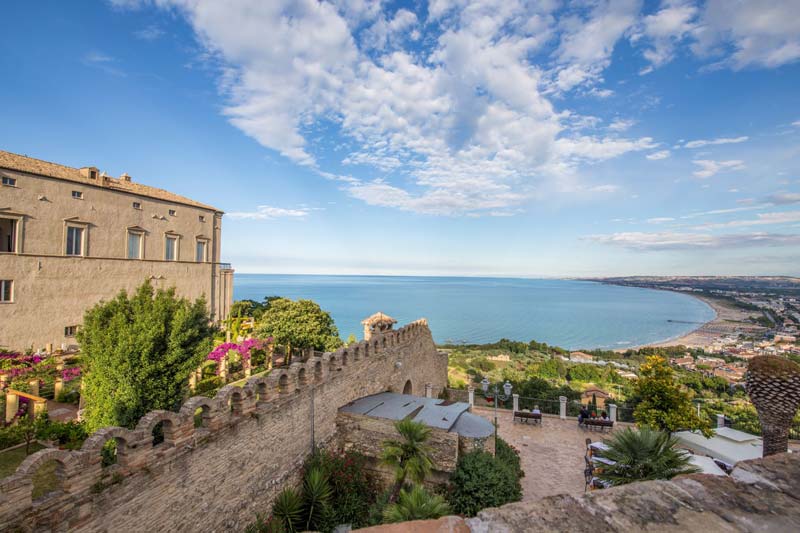
I spent the last few years showing people around and taking them to wonderful places, but today I would like to spend some words about my beloved hometown, Vasto.
Considered one of the best places in Abruzzo, Italy, it is a hilltop ancient Roman town overlooking the Adriatic sea, and I chose it as the starting point of all tours for many reasons, that span from knowing it very well to being aware of the emotions it can instill in everyone that stops by.
I feel both proud and happy to talk about it…
It is the place where I grew up, where the days most of the times start with an incredible sunrise over the sea.
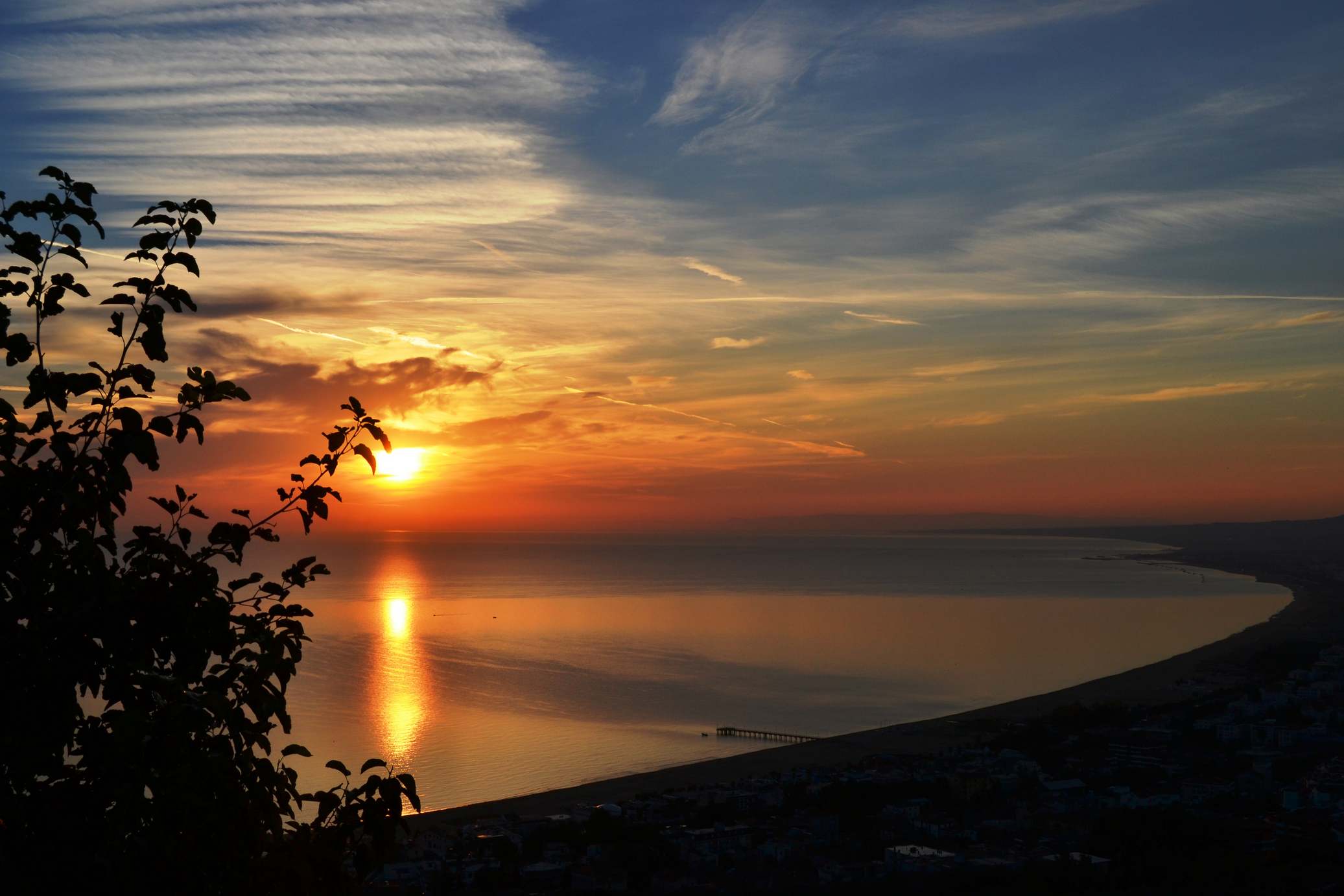
And it’s definitely the town where I used to watch my Mamma (Anna Maria) and her mother, Nonna Lucia, making homemade pasta every Sunday (watch this very old video of my family), after a stop at my church, Chiesa del Santo Patrono – San Michele Arcangelo – where I played soccer in the streets with my friends, just ten meters away from the house where I grew up with my family and grandma.
I remember I used to have a morning snack made of bread and tomato sauce, slowly cooked for hours and hours, starting from the passata we prepared (and we still do) every summer together with her, my father Angelo, my uncles and cousins.
I feel so lucky I grew up looking at the sea every single day, during summer or winter, in cold, hot, perfectly clear or foggy weather, watching perfect sunrises overlooking the Gargano and “isole Tremiti” in Puglia – Italy’s only islands in the Adriatic Sea – from my balcony.
Right before lunch, I used to make a Sunday walk with my friends in the center of Vasto crossing the Villa Comunale, the green lung of the town for many, or simply one of the best childhood spots for others.

Click here to see the full map of our Vasto city center itinerary.
From here, you can see the loggia Amblingh, a romantic balcony over the gulf, populated by small shops and restaurants, and on the background, the bell tower of Santa Maria Maggiore, probably one of the best glimpses of the area. It is a church of ancient origin, that safeguards the relic of the Holy Thorn, donated to the city by the Avalos family and object of heartfelt devotion, especially during the solemn procession of Passion Friday.
Watch this video to discover Vasto through my eyes!
Wandering through the narrow alleyways anyone will find themselves speechless in front the ancient buildings, such as Palazzo d’Avalos, a gem of local architecture, that houses the Musei Civici di Vasto, one of the oldest archaeological museums in Abruzzo, and Neapolitan-style gardens.
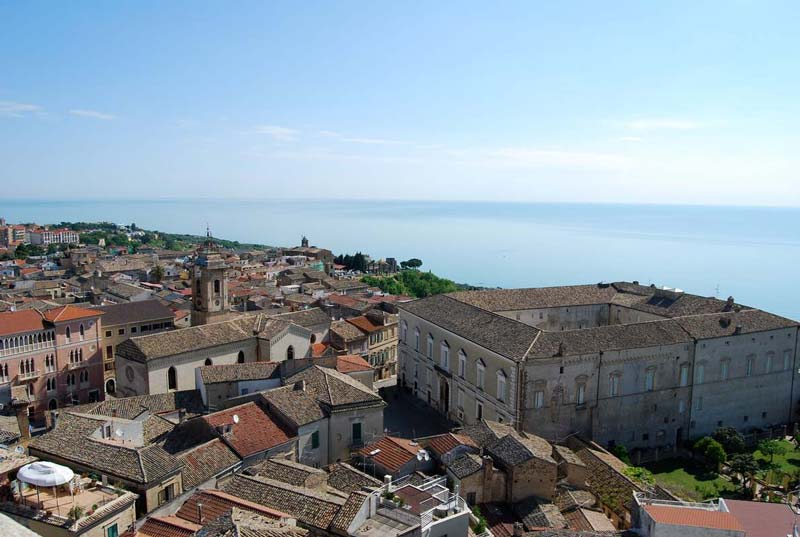
Nearby is the cathedral of San Giuseppe, with its simple Romanesque facade, and piazza Gabriele Rossetti – the main square, and formally the city center – that covers the elliptical area on which the Roman amphitheatre formerly stood. To the south east stands the Bassano tower and to the north stands the massive Caldoresco Castle, that dates back to the 14th and 15th centuries.
I used to spend my summer Sunday afternoons at the beach.
Going downhill from the ancient centre, passing through Via Adriatica – at the end of which stands a door opening leading…nowhere (it is the remain of a church called Chiesa di San Pietro, destroyed by landslide), and an archeological site with Roman Baths with a beautiful mosaic of Neptune that dates back to the 2nd century AD – you will reach Vasto Marina, a popular holiday destination full of many beach resorts.


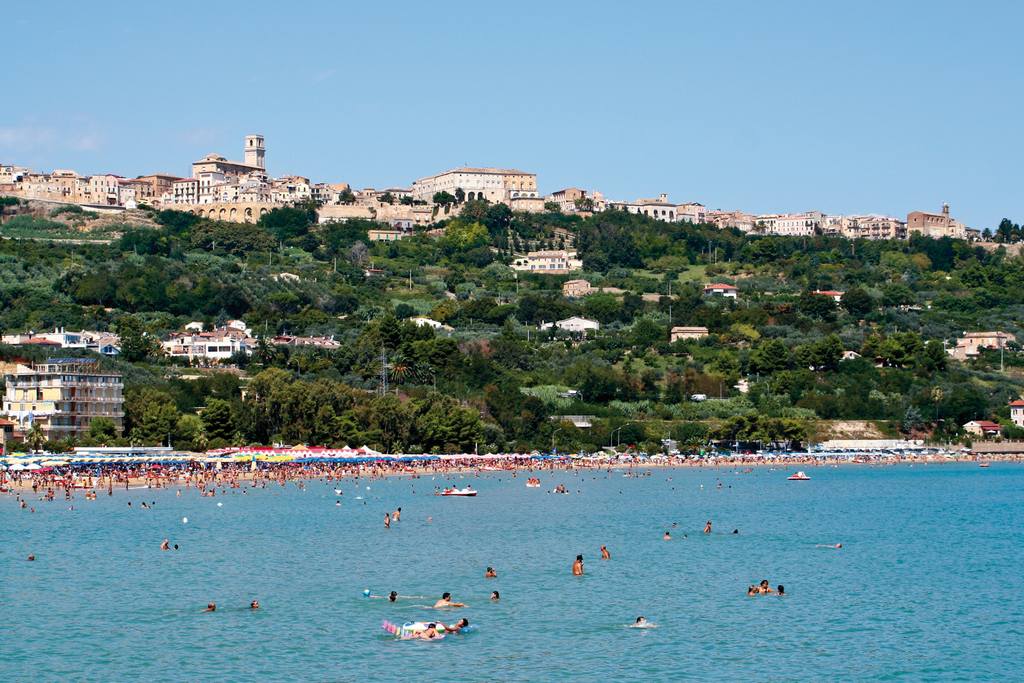
If you keep going north along the coast, nature will surprise you with a rocky spot and its crystal clear water: this is hidden gem of San Nicola, among other beautiful and isolated beaches such us Trave, Casarza, La Canale, Torricella and Vignola.
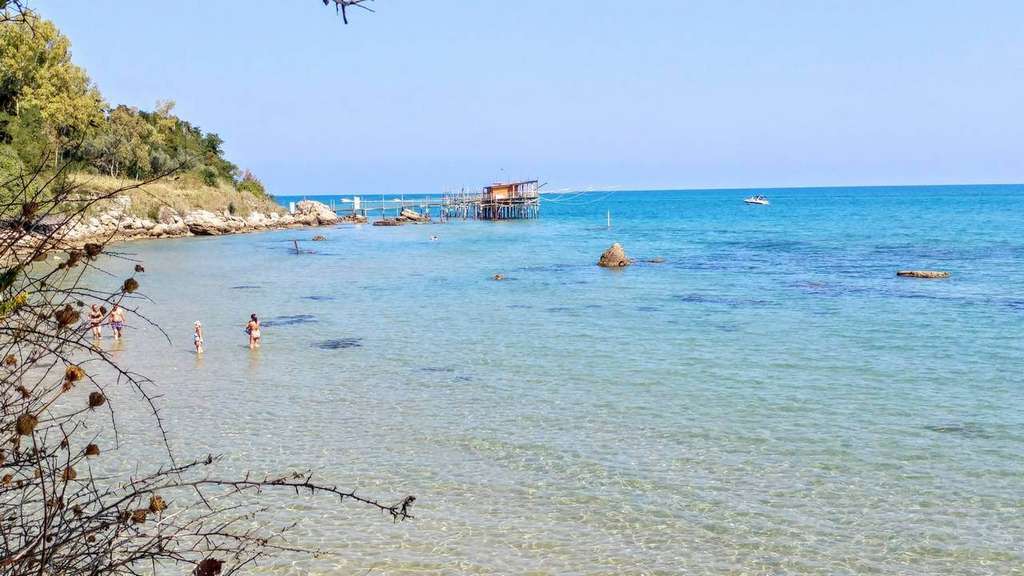
Click here to see the full map of Vasto beaches.
Further along the coast, past the church and lighthouse of Punta Penna (the second tallest lighthouse in Italy) there is another, even quieter, beach, by a nature reserve at Punta Aderci: definitely my favourite!
Here we used to go biking, walking, canoeing, while waiting for the sunset to surprise us every time with different colors and shades.


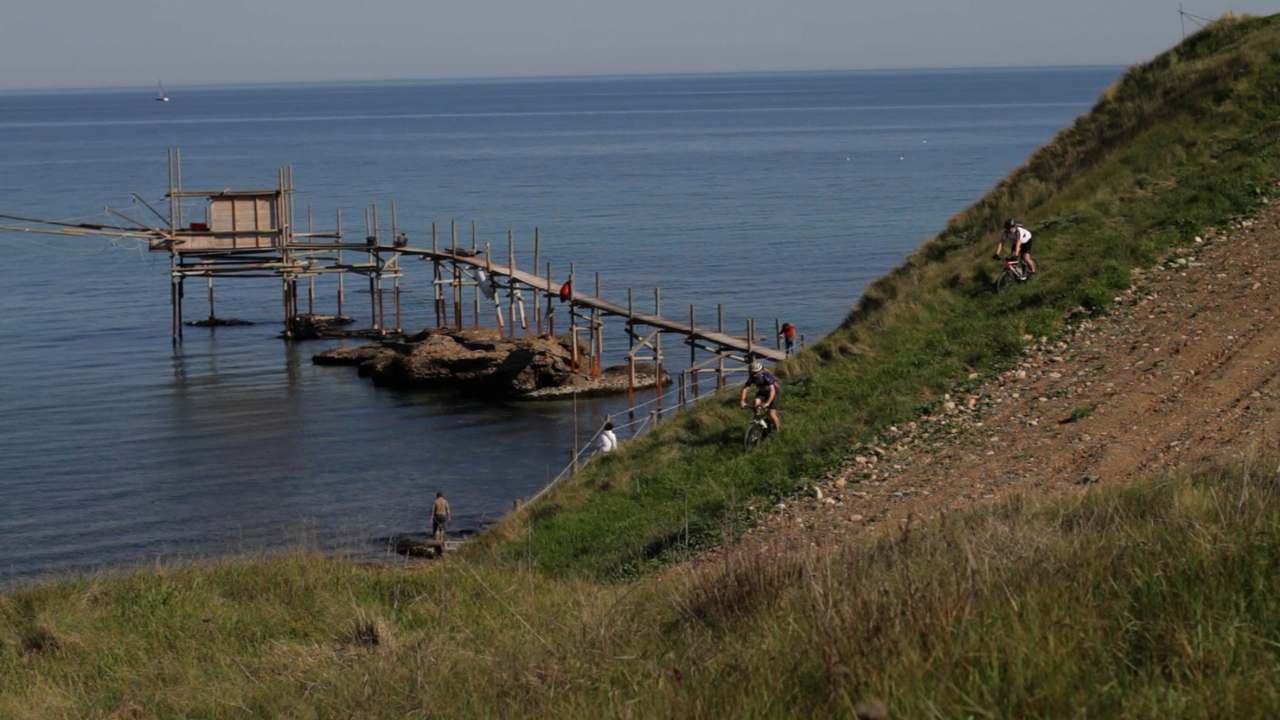
This is one of the few spots on the Adriatic coast from which you can see both the sunrise and the sunset right above the sea.

It is no coincidence that, according to the most important Italian environment associations and magazines and newspapers such us the British daily The Telegraph, it is considered one of the most beautiful Italian beaches, from where you can also admire snow-capped mountains.
In the same reserve, there is also a long pebble beach called Mottagrossa.
This area is also known as part of the Trabocchi Coast, a 42-kilometer coast that stretches from Ortona to San Salvo in the province of Chieti, with its collection of centuries old fishing net structures known as trabocchi.
Abruzzo is also working to recover an old abandoned railway to turn it into a 42-km cycle trail that goes into the green and blue heart of the region. It will be ready in a few months, and it is going to be one of the most picturesque and longest cycle path by the sea in Europe.
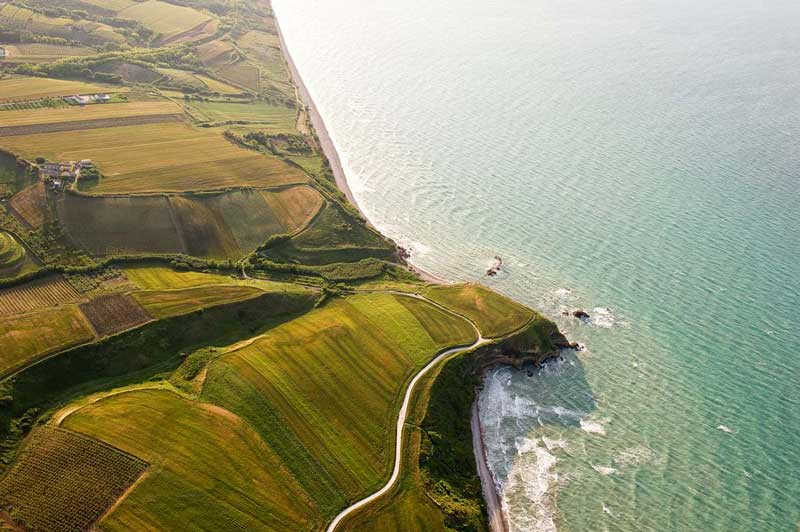
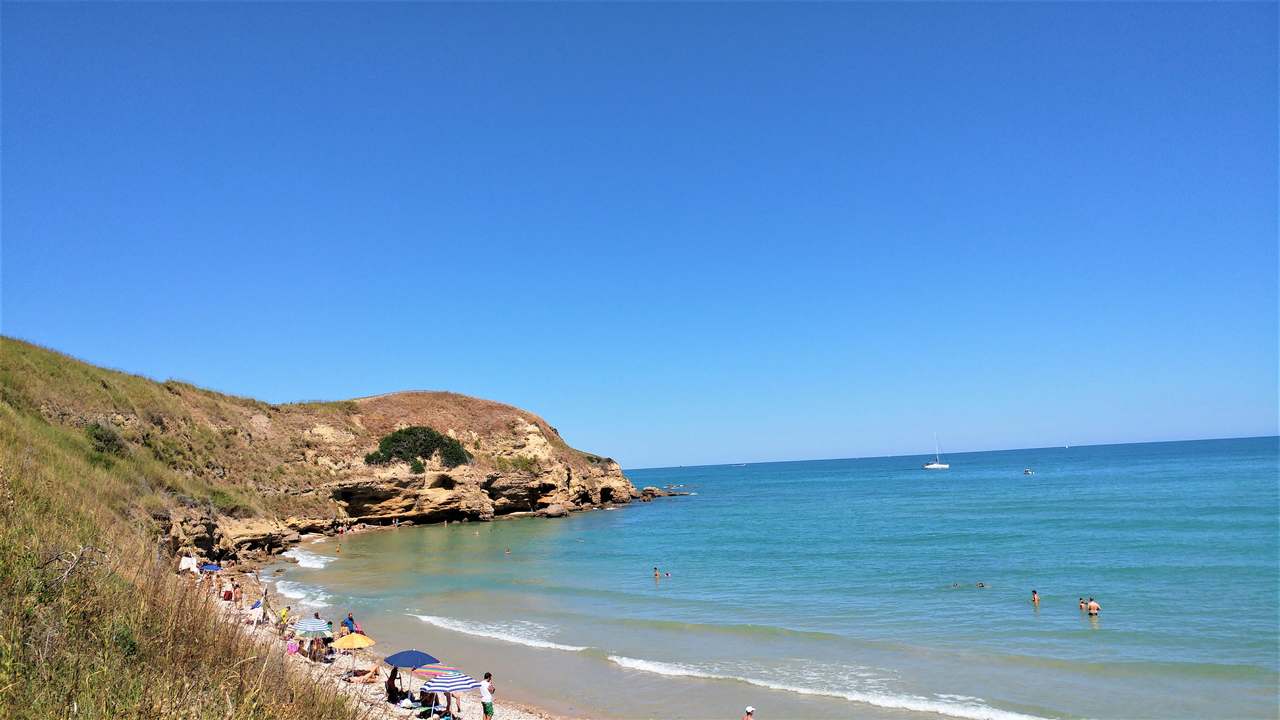

This is just an idea of where I used to spend my afternoons, but there’s much more, and the surrounding area is populated by many coastal towns which are worth a visit.
During the years, Vasto has also become our guests’ home: for its dimensions (it’s not a big city nor a small village), its safety both for groups and solo travelers, its unique corners, the feeling that everything is at your fingertips, its romanticism, the beauty of its nature and architecture, a spirit of hospitality permeated by the warmth and joy of its people and the opportunity to do different activities: from sunbathing to wine tasting, from biking and walking to visiting oil mills and cheese factories, not to mention the food: I’ve always tried to make everyone enjoy a Brodetto alla Vastese, one of the most famous Italian fish soups, which was mentioned in the “1,000 foods to eat before you die” book written by the American chef and cook book writer Mimi Sheraton, but also spend some time at the colorful Mercato di Santa Chiara, to get seasonal products.
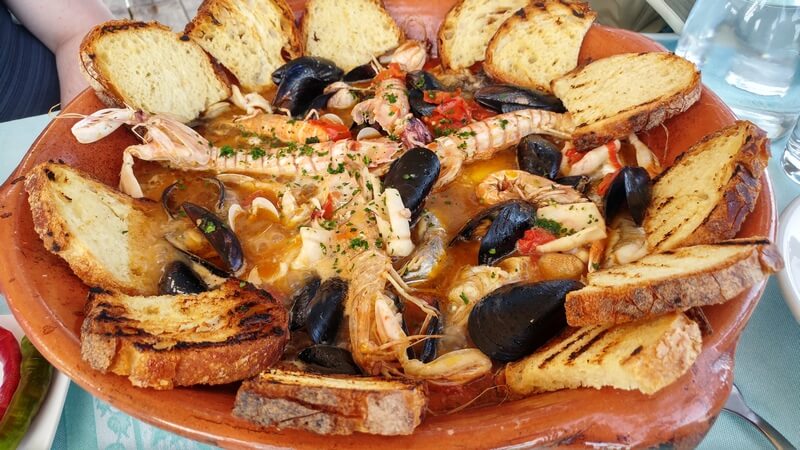
Depending on the time of the visit, there might be some great events to attend: January 5th, the Epiphany Eve, has a strong tradition in Vasto. Friends get together and walk across the town playing and singing traditional street music, making visits to stores and restaurants to ask for a “reward”, which is usually a local product such as cheese, sausages, or a glass of wine.
During Easter time, the Friday before Palm Sunday, a solemn procession is guided by the relic of one of the thorns of the Crown (the “Sacra Spina”) that the tradition links back to the passion of Christ.
In the summer, Vasto becomes a very touristy destination, and hosts many events (concerts, Ladies and Jazz, Book & Wine, food & wine festivals).
In July, the Siren Festival, with its selection of Alternative and Indie music, attracts people from Italy and abroad.
August hosts the Toson d’Oro, the commemoration of an historical event celebrated in 1723, in the form of a parade along the streets of the city decked with flags and traditional costumes, and of course Ferragosto, an Italian public holiday celebrated on August 15.
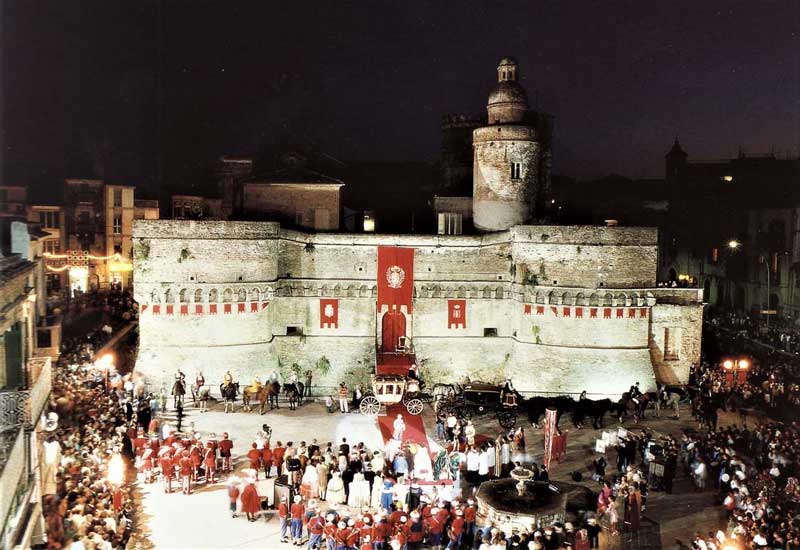
Another important event takes place on September 28 – 30: the Patron Saint’s Festival (San Michele Arcangelo) is a great occasion to join religious, food and music events during a deeply felt three-days-celebration, that ends with a fireworks show with the Adriatic sea on the background.
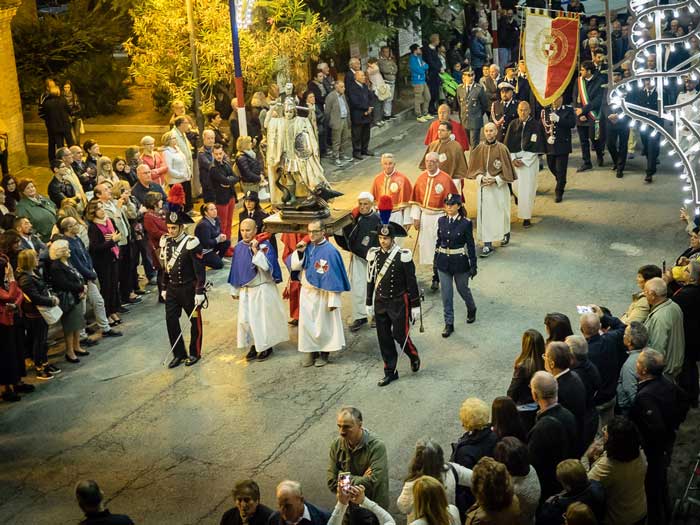
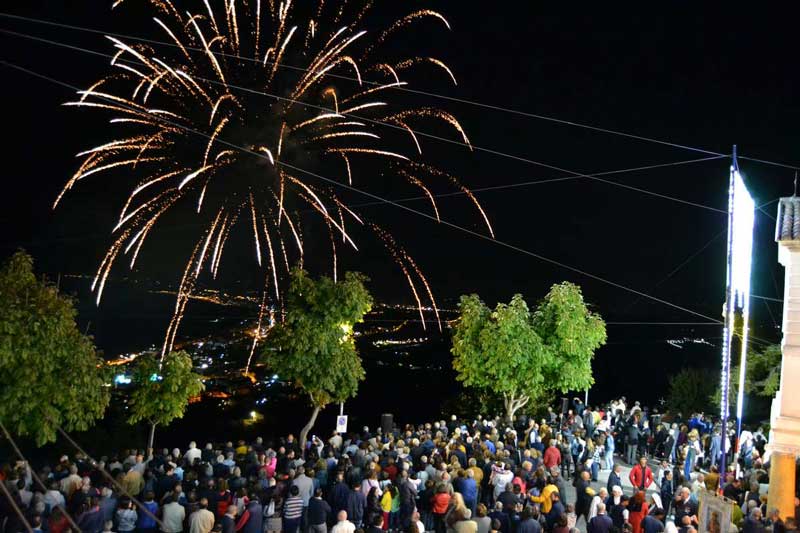
This is my take on the city where I grew up, and I wish everyone might experience the same feelings and bring home some sweet memories, together with a picture of the moon over the gulf, which often marked the end of the days from home.

Ready to discover Vasto and Abruzzo as a local?
We are here to put all our passion and love for our region in the organization of an unforgettable tour! If you have any questions or curiosities, just get in touch with us and we will be happy to answer them. And if you’re not quite ready to make an enquiry, sign up for our free email course to learn everything you need to know about planning a tour of Abruzzo.
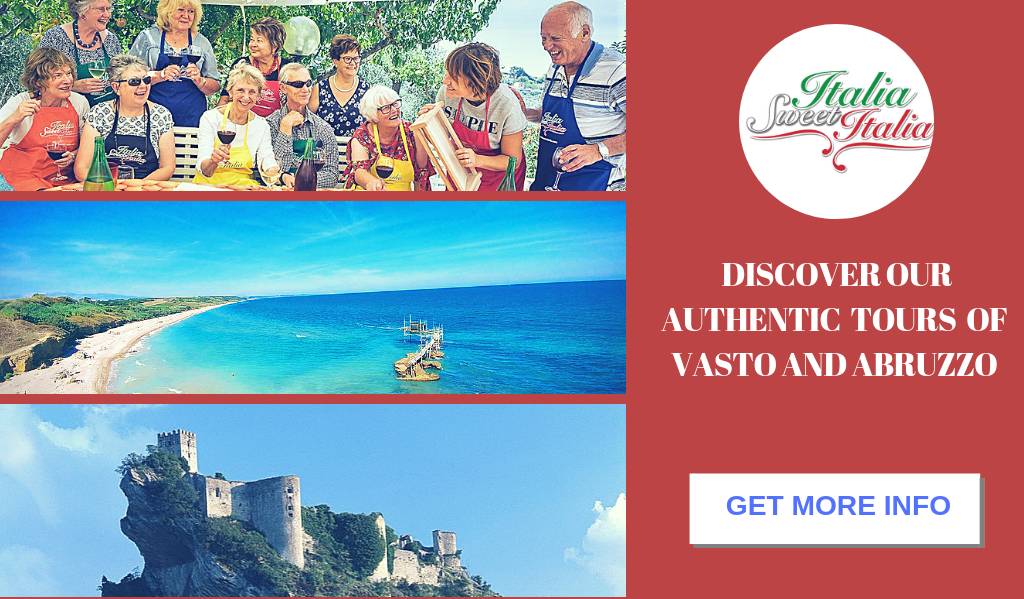

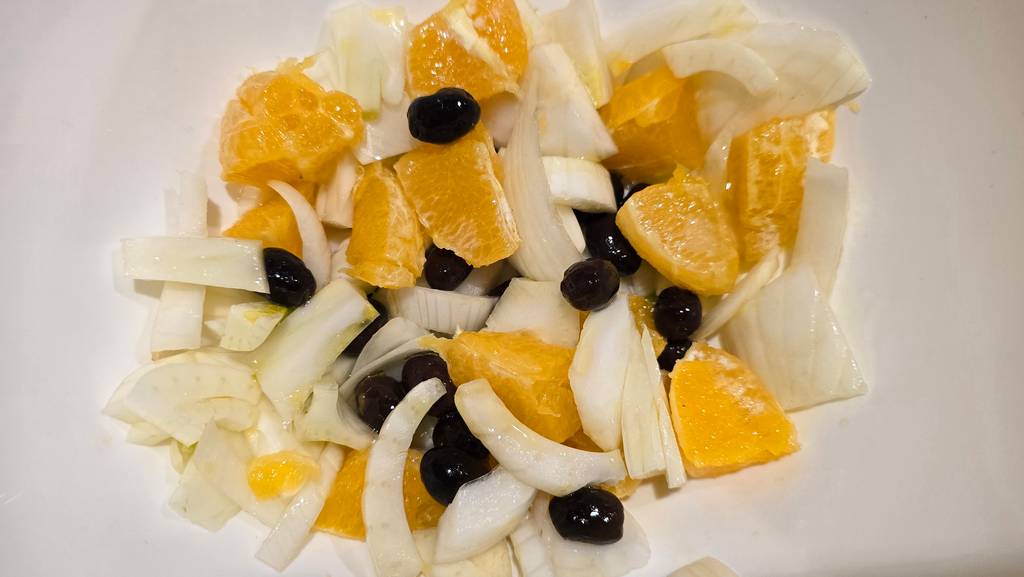
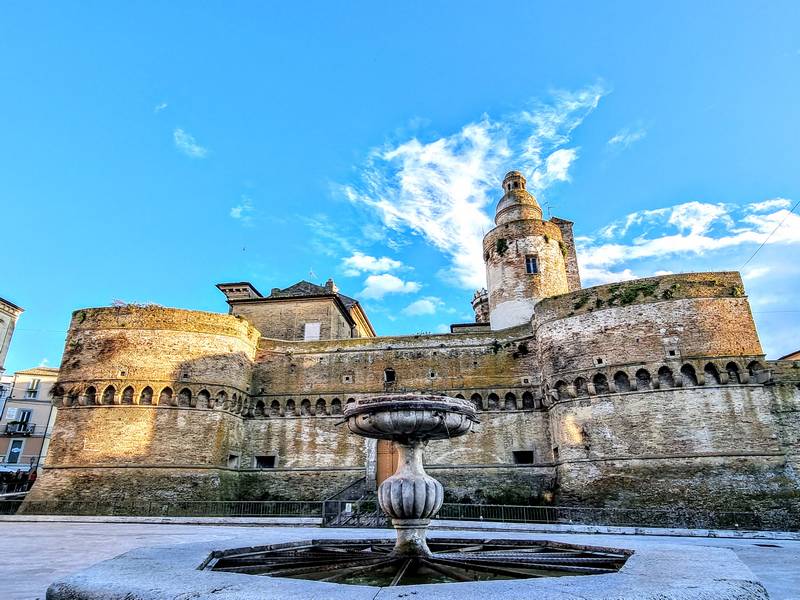
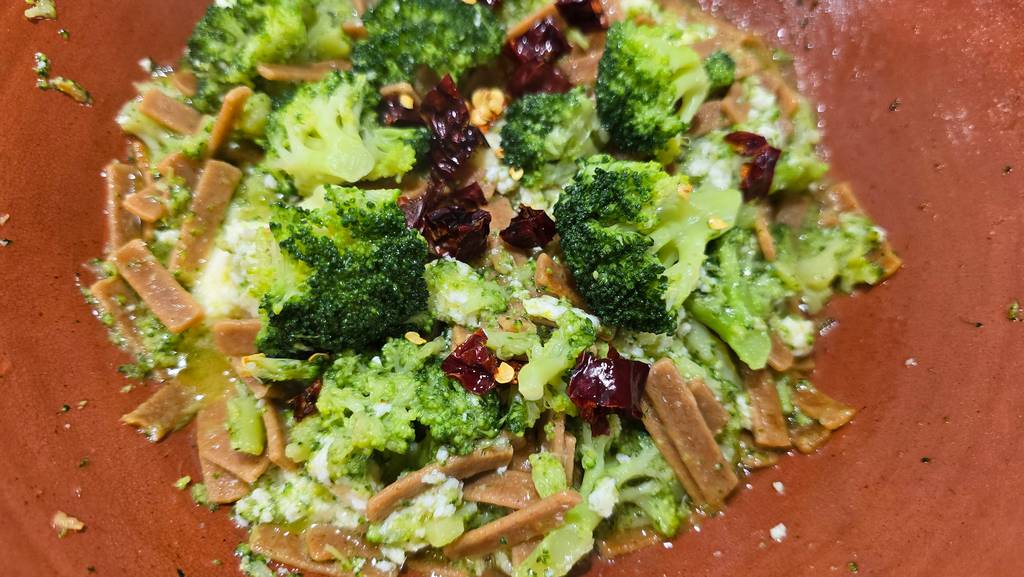

10 thoughts on “Vasto, Abruzzo: an evocative itinerary between memories and beautiful spots”
My Mither was born there, in Abbruzzi , Chivetel. Not sure if that is spelled right. Lols it sounds like a beautiful area. She came to America at the age of 5 never had any interest in going back for the fear of boats and planes. I would like someday to see where she was from as well as where my father’s mother’s family(she was born in America) but was from Naples. His father was born in Italy in Bellante. I would also like to see that area as well someday in the future, I hope.
Ciao MaryAnn,
What a pleasure to hear your story! I’m so glad you shared your roots with us.
I’ve sent you a private email with more details in case you’d like to organize a tour with us.
Ciao for now
Fabrizio
Beautiful pictures. I can’t wait to walk along the beaches & do an open water swim in the Adriatic and enjoy the Vasto piazzas &:enjoy a spritzer afterwards with some great antipasto..
Ciao Paolo,
Thank you so much for your kind words!
We’re really happy to hear your enthusiasm and that you’re looking forward to the experience.
See you soon in Abruzzo!
Ciao for now
Fabrizio
Every time when I visit Abruzzo ( we bought a house there) I fall in love more and more…
Ciao Marianna,
Thank you so much for your lovely comment!
I’m really happy to read your beautiful words and I hope to see you soon on one of our tours in Abruzzo.
Ciao for now
Fabrizio
Thanks, this has really whet my appetite to experience Vasto. Can’t wait!
Ciao Martyna,
Thank you so much for your wonderful comment and kind words!
I really hope to see you soon in Abruzzo and in my beloved hometown, Vasto.
Ciao for now
Fabrizio
My ancestors are from Vasto. Can you point me to someone that can help me locate them? Coming in 2026!
Ciao Constance,
Thank you so much for your interest in our tours!
I’ll send you a private email with more details.
Ciao for now
Fabrizio